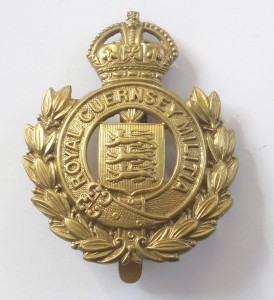 At the beginning of the First World War the Channel Islands were still being defended by regular British Army units – with Regiments being stationed in the islands for several years at a time – and by the local Militias. Militia service in Guernsey was still compulsory for all men in the island. However since 1204 – when King John lost the Duchy of Normandy to the French and the Channel Islands were granted ‘rights and privileges’ to govern themselves – islanders could not be compelled to serve overseas ‘except to rescue the Sovereign if captured by enemies’
At the beginning of the First World War the Channel Islands were still being defended by regular British Army units – with Regiments being stationed in the islands for several years at a time – and by the local Militias. Militia service in Guernsey was still compulsory for all men in the island. However since 1204 – when King John lost the Duchy of Normandy to the French and the Channel Islands were granted ‘rights and privileges’ to govern themselves – islanders could not be compelled to serve overseas ‘except to rescue the Sovereign if captured by enemies’
People across Britain and in the island were keen to ‘do their bit’ for king and country. So it was against this backdrop that in October 1914 the States of Guernsey decided to offer volunteers from the Militia to serve overseas. As part of the agreement to offer these men, these ‘sub-unit’s were to be kept together with a Guernsey identity.
The original intention of the States was to offer two infantry Companies from the Militia and a battery of heavy Artillery from the Royal Guernsey Artillery. The latter was eventually amended to be a Divisional Ammunition Column.
In this article we look at an outline of the events that these brave volunteers went through in the course of serving in the Divisional Ammunition Column they were assigned to. The story of the two infantry companies is the subject of another article, “The Guernsey Irish”.

States Offer Militia Men for Service in the British Army
 14th October 1914
14th October 1914The States of Guernsey agree to offer the War Office formed units of Militia volunteers : a double company of infantry and a battery of heavy Artillery from the Royal Guernsey Artillery which was subsequently amended to be a Divisional Ammunition Column.
The infantry would eventually go to the 16th Irish Division (into the Royal Irish Regiment & the Royal Irish Fusiliers), whilst the Divisional Ammunition Column would go to the 9th Scottish Division.
NOTE : A Divisional Ammunition Column is responsible for the resupply of ammunition to a particular division. It is organised into 2 parts: one for Artillery + one for small arms for the infantry.
DACs also had to collect the valuable empty brass cartridge cases plus any unused ammunition from where they had fallen after an Artillery unit had moved on. They were often in considerable danger when they moved ammunition forward to Brigade dumps and to the men fighting in the front line.

The First Contingent of Volunteers Leave Guernsey
 4th March 1915
4th March 1915The first contingent of Guernsey Militia men, consisting of 7 Officers and 239 other ranks leaves Guernsey to join the 6th Battalion Royal Irish Regiment (RIR) at Fermoy in Ireland. They will form D Company.
Volunteers for the Divisional Ammunition leave later in the month, going first to Scotland for training.

9th Divisional Ammunition Column Move to Salisbury
 April 1915
April 1915The 9th Scottish Division Ammunition Column (DAC) moves to Salisbury plain and then to Bordon in Hampshire.
Reports coming back to the island demonstrate that the Guenseymen are doing very well at their training camps. Aan article in the Guernsey Weekly Press of the 20th May, 1916 states that:
“We sent off yesterday direct to the 9th Divisional Ammunition Column 24 men who were the first batch of the men you sent here a short time ago. They behaved excellently while here, were very keen and picked up their gunnery at 4.5 [inch] Howitzers in a remarkably short time – 7 weeks! They were trained by one of my men, Mr E McCulley who is connected with the Islands, and both he and I would like to have some more like them if you have any more of the same sort who want to become Field Gunners.”
More local men join at a later date and follow this first contingent to France and Belgium.

The DAC Mobilises for France
 7th May 1915
7th May 1915The DAC receives orders to mobilise and proceed to France with the Division.

The DAC Embarks for France
 12th May 1915
12th May 1915The DAC leaves Borden and embarks on 5 ships for France.

The DAC joins the Divsion in the Ypres Sector
 13th May 1915
13th May 1915The DAC arrives at Le Havre and entrains for Ypres to join the Division near Poperinghe.

Second Draft of Volunteers leaves Guernsey
 31st December 1915
31st December 1915A further draft of 38 men leaves Guernsey to join the DAC.

Third Draft of Volunteers leaves Guernsey
 17th June 1916
17th June 1916Another draft of 39 men under Lt R.H.B. Lorraine leave Guernsey destined for the DAC.
The Work of a DAC
It’s worth noting that the Officers and men of the DACs didn’t only work with their own Divisions but could be called on to supply any unit during an action. They were also called upon to replace casualties in the units they were supplying, as were their horses, wagons and supplies.
Many men transferred to other units, several serving with Trench Mortar (TM) Batteries and were manned by members of the Brigade who undertook special training in the use of these weapons.

Fourth and Final Draft of Volunteers leaves Guernsey
 9th Sept 1916
9th Sept 1916A last draft of 60 men leave Guernsey for the 9th Division’s DAC.

Armistice
 11th November 1919
11th November 1919The armistice on 11th November found the DAC in rest billets at Huele in Belgium.

The DAC Moves into Germany
 13th December 1918
13th December 1918As part of the army of occupation the DAC marches through Cologne and across the Rhine to Mulheim

DAC is renamed and Guernseymen are Demobilised
 February 1919
February 1919The DAC moves to Hilden in Germany.
Soon after this the division was renamed the 9th (lowland) Division and the Guernseymen were finally released to return home for demobilization.

CONCLUSION : The Service Record of the 9th Scottish Divisional Ammunition Column
 1915-1918
1915-1918As previousy mentioned the Officers and men of the DACs didn’t only work with their own Divisions but could be called on to supply any unit during an action. So although they were not front line troops in the usual sense, several of the contingent were killed in action or died of wounds in the course of the war, as illustarted by the fact that of all the men of the 9th DAC who died as a direct result of enemy action only two were serving with the Column at the time of their death. They were Gunner Thomas Charles Waterman on the 21st June 1916 and Gunner Henry Rupert Rabey on the 9th November 1916.
Those Who Lost Their Lives
1915 Dec 19th Sergeant Thomas de la Mare went over with the first contingent and was killed only three days after he was promoted to Sergeant and just over six months after he had arrived in France. At the time of his death he was serving with C Battery, 53rd Brigade, RFA. This was a Howitzer Brigade which formed part of the 9th (Scottish) Division. There was a major phosgene gas attack to the North East of Ypres on the date of his death and he may have been caught up in this . 1916 June 21st Gunner Thomas Charles Waterman was killed in action aged 33 whilst serving in the 9th Scottish DAC. Nov 9th Gunner Henry Rupert Rabey died of wounds aged 30 whilst serving in the 9th Scottish DAC Nov 14th Gunner Clifford Philip Baker was killed in action at the age of 23. He had gone to France with the first contingent of 9th DAC, but quickly transferred to 53rd DAC and at the time of his death was serving with B Battery, 51st Brigade, RFA. Nov 20th Gunner James Martin Keyho transferred to C Battery, 51st Brigade from 9th DAC. He was killed in action aged 20. He has no known grave but is commemorated on the Thiepval Memorial to the Missing of the Somme. This bears the names of more than 72,000 officers and men of the United Kingdom and South African forces who died in the Somme sector before the 20th March, 1918 and have no known grave. 1917 Apr 17th Gunner Alfred Bichard was in the first contingent and ended up in 51st Brigade. He first transferred to 52nd Brigade in June, 1916 and then to D Battery, 51st Brigade. He was killed in action aged 20 in the Arras region. Apr 20th Gunner John Henry Luxon aged 23 who started with 9th DAC but transferred to a Heavy Mortar Battery. He has no known grave but is commemorated on the Arras Memorial. Apr 21st Gunner Stanley Slade Green died of wounds. He went to France with the second contingent of 9th DAC which left the island in June, 1916. He was serving with D Battery, 51st Brigade when he was wounded. Apr 29th Bombardier Wilfred Hilary Nicolle aged 20 of C Battery, 50th Brigade, RFA was killed in action. All of their units were part of the 9th (Scottish) Division and were involved in the battle of the Scarpe in April, 1917. May 26th Gunner James Bihet was a First Contingent man who transferred to 50th DAC in August, 1915 but was serving with the 9th TM Battery when he was wounded and died aged 22. May 30th Gunner Wilfred James Tostevin originally of the 9th DAC but later serving with D Battery, 79th Brigade, RFA died of wounds. Aug 15th Gunner Charles Thomas Wallbridge of D Battery, 47th Brigade, RFA was killed in action age 31and has no known grave but is commemorated on the Menin Gate, Ypres. Oct 26th Gunner Arthur Hammond from Alderney died of wounds aged. He was serving with D Battery, 155th Brigade, RFA at the time of his death.
Over the period of the War the 9th Scottish Divisional Ammunition Column was involved in following actions :
⇒ 1915 Battle of Loos ⇒ 1916 Somme ⇒ 1917 Arras ⇒ 1917 Ypres ⇒ 1918 Somme ⇒ 1918 Lys

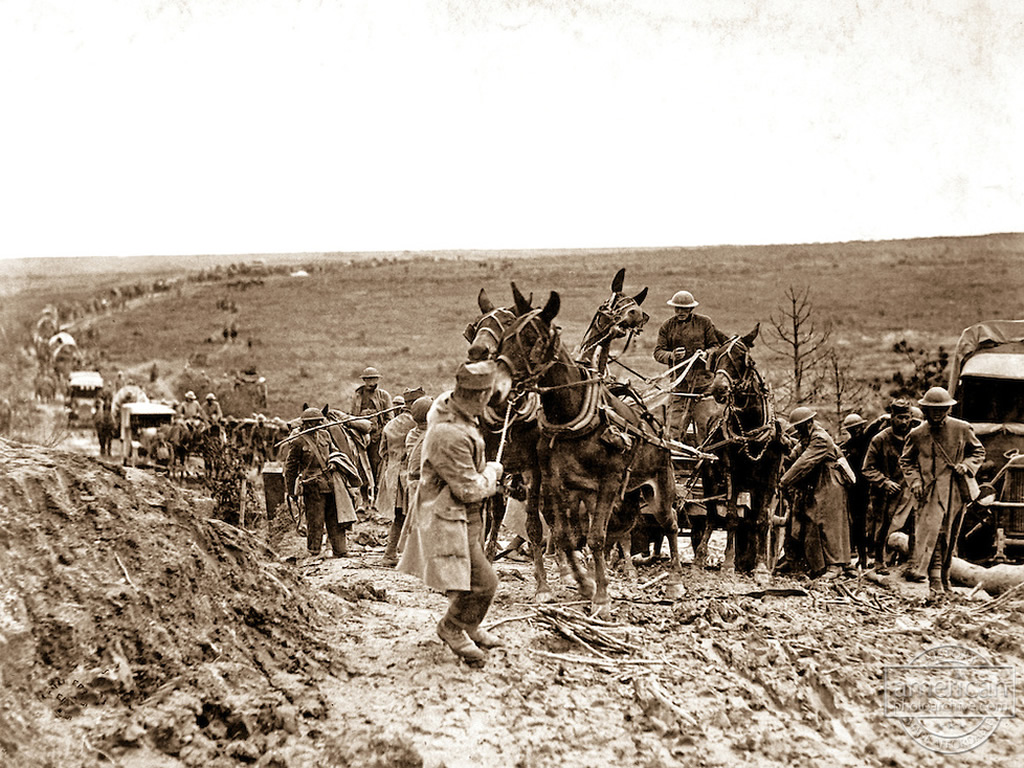
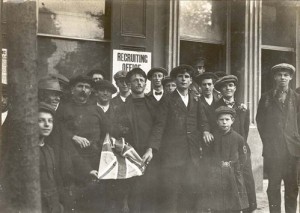
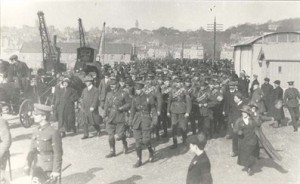







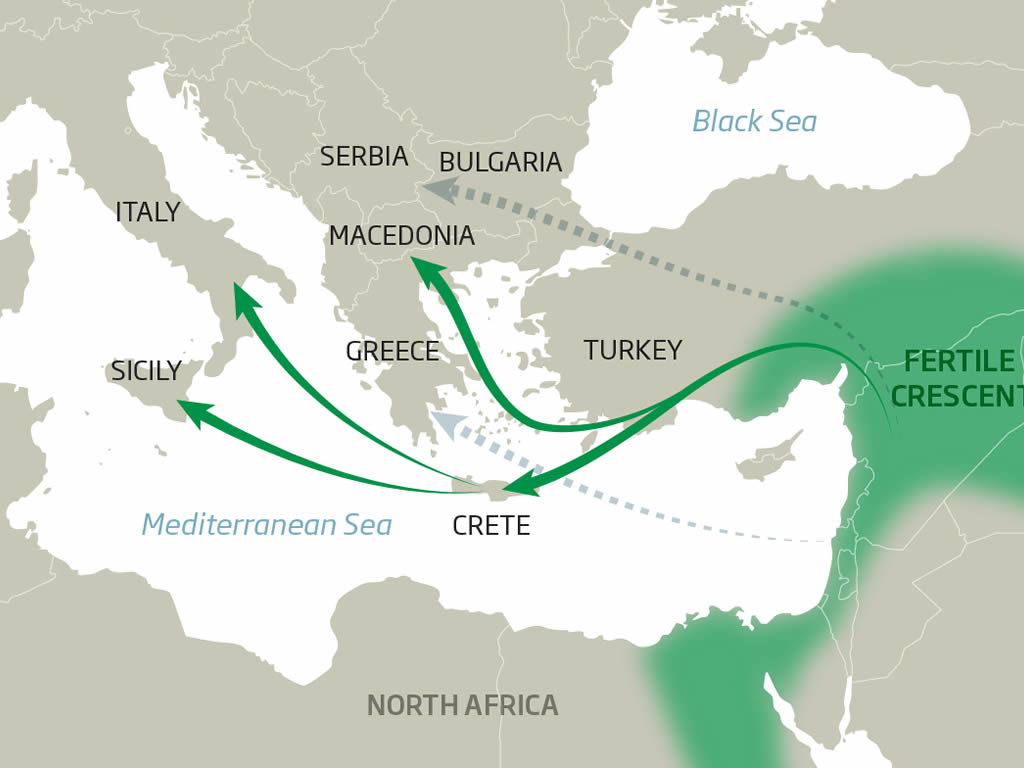
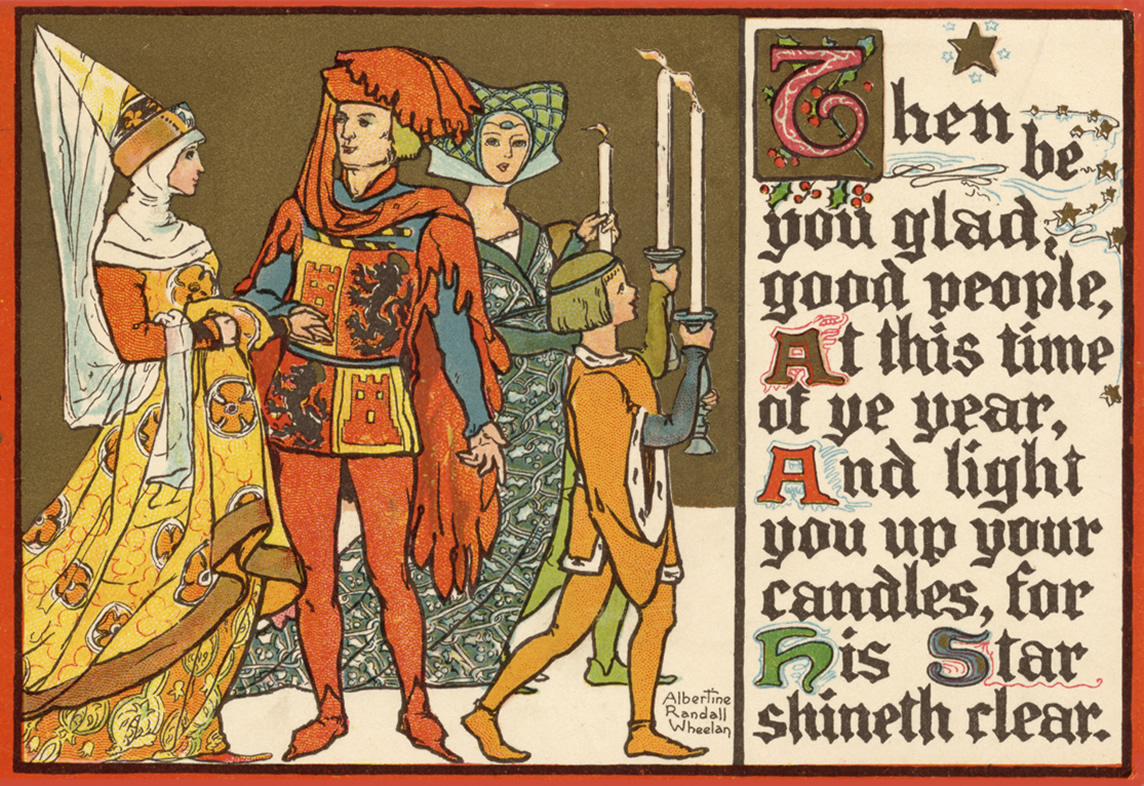


You must be logged in to post a comment.